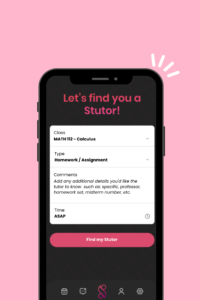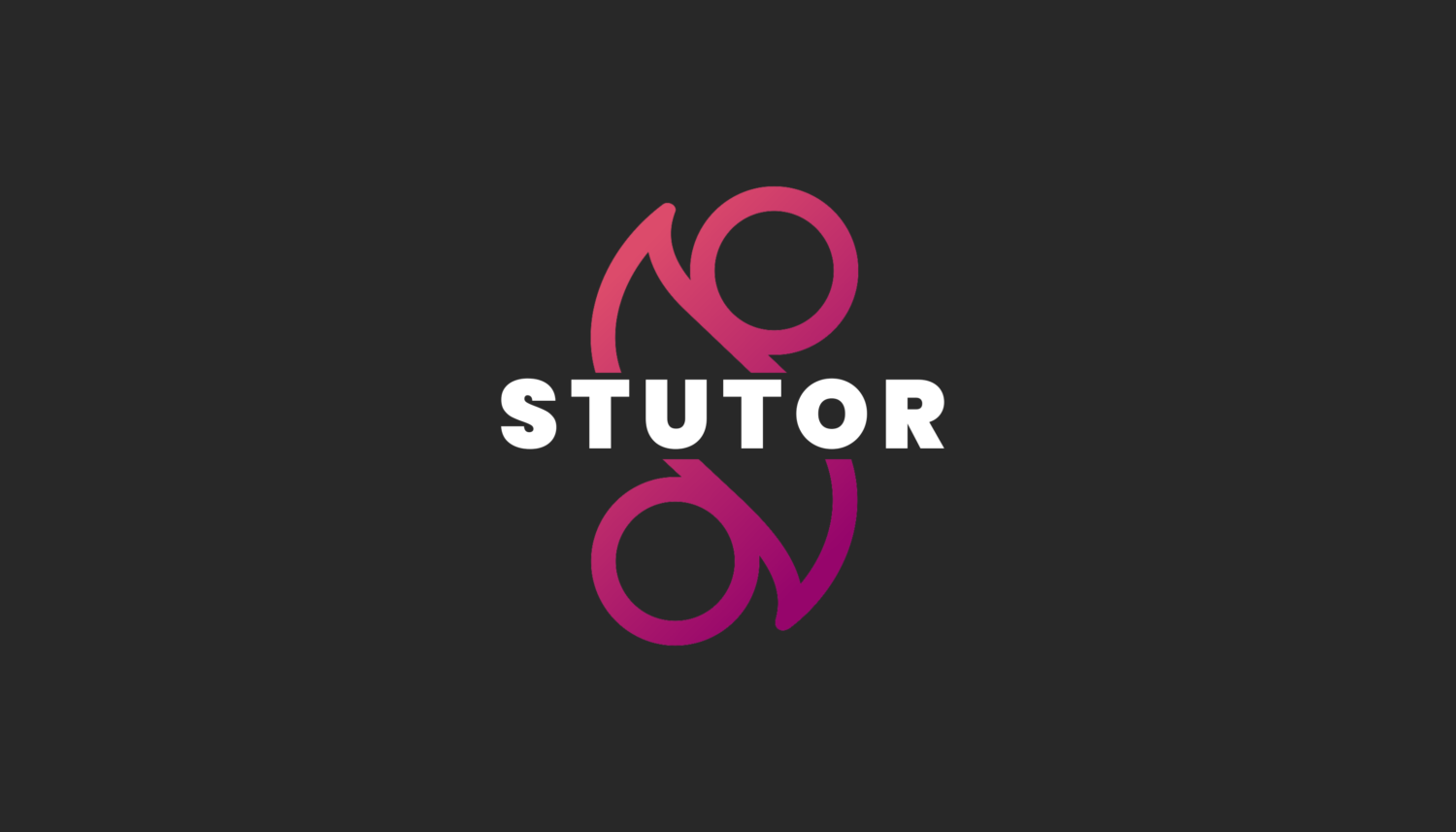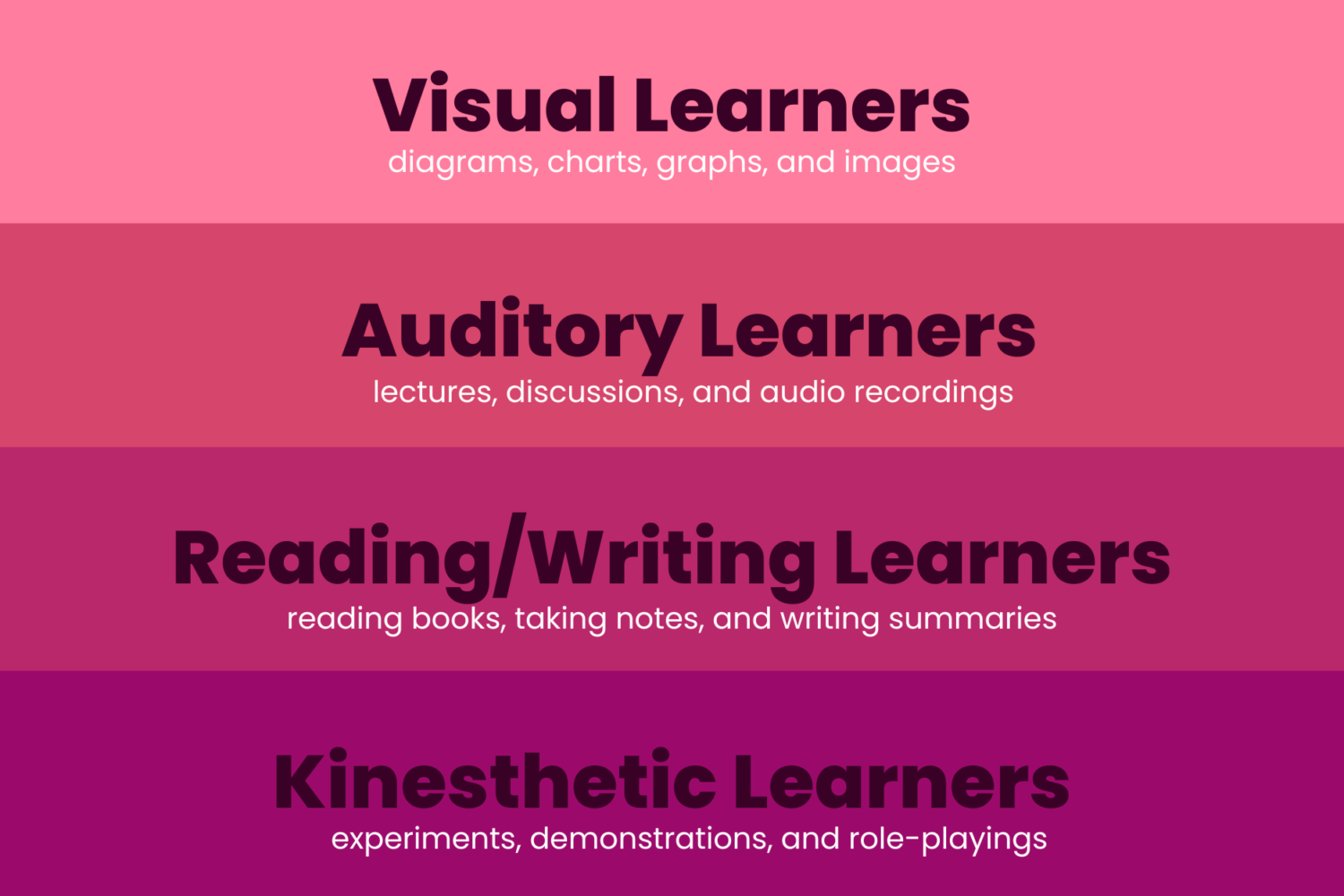The Story of Stutor: Student Struggles to Innovative App
The Problem
As a former student athlete at Brigham Young University (BYU), C.J. Lee knows what it means to juggle the regular demands of college life on top of his endeavors in golf (12 to 14 weekends spent on the road a year).

© BYU PHOTO 2017
While in the throws of this balancing act, Lee came to the realization that he couldn’t be the only one grappling with this delicate balance. With a spark of brilliance and a heart full of compassion, he set out to explore the experiences of his fellow student athletes.
In his quest, Lee unearthed a remarkable truth—a truth that resonated beyond the realm of athletics. He discovered a multitude of students, from all walks of life, who were wrestling with the same challenges.
He noted that overloaded schedules made it nearly impossible to find time for academic support. Some found reprieve in informal tutoring from their peers during late-night study sessions, but that just simply was not good enough for Lee.
This revelation sparked a fire within Lee—a fire fueled by the desire to make a difference. He recognized that modern technology held the key to connecting students in need with knowledgeable tutors who had already conquered similar academic hurdles.
The Solution
Thus, the vision for Stutor was born—a tutoring app poised to reshape the twenty-first-century learning landscape. Similar to platforms like Uber, a student needed the ability to page a tutor at any time and in any place.
Lee understood that the traditional methods of tutoring were in dire need of a makeover. They lacked the speed, accessibility, and personalized support that students craved.
It was time to break free from the shackles of convention and create a platform tailored to the unique needs of students. The world needed a platform that would provide relatable tutors who truly understood their struggles.
But, did anything like this already exist? Surprisingly, no. CJ attributes this to the rigid, unchanging nature of academia in its general sense. This is compounded by an ongoing stigma that only “nerdy” students can tutor.
He wanted to break this norm. In his eyes, the best way to tutor a college student is to find another student who took the same class (perhaps with the same professor).
Validation, Development, and Launch
So, Lee embarked on the arduous journey of developing the Stutor app. He encountered obstacles along the way, but his unwavering determination propelled him forward. It was during this time that fate smiled upon him, leading him to Joel Joseph—who became the perfect partner to bring Stutor to life.

Seeking validation and reassurance, Lee and Joseph turned to the student community. They conducted a survey across various universities, and the response was nothing short of awe-inspiring. An overwhelming 99.8% of respondents expressed eagerness to download the app, showcasing an immense appetite for the platform.
With the addition of Tyler Crawford and fueled by the enthusiasm of their potential users, the Stutor team poured their hearts and souls into app development. Days and nights melded together as they made astonishing progress in record time.
Fast forward to April 2023, the apps launched. It was the culmination of hard work contributed by the—now grown—Stutor team.
As CJ sat at a booth set up to promote the app on Utah Valley University Campus, he realized that his vision was a reality.
But, the story of Stutor is just beginning!

Learn more about what distinguishes the two platforms Stutor and Stutor+ at this link.

Have more questions? Navigate to our Support/FAQ page! Or comment down below.










 questions engrossed me.
questions engrossed me.






